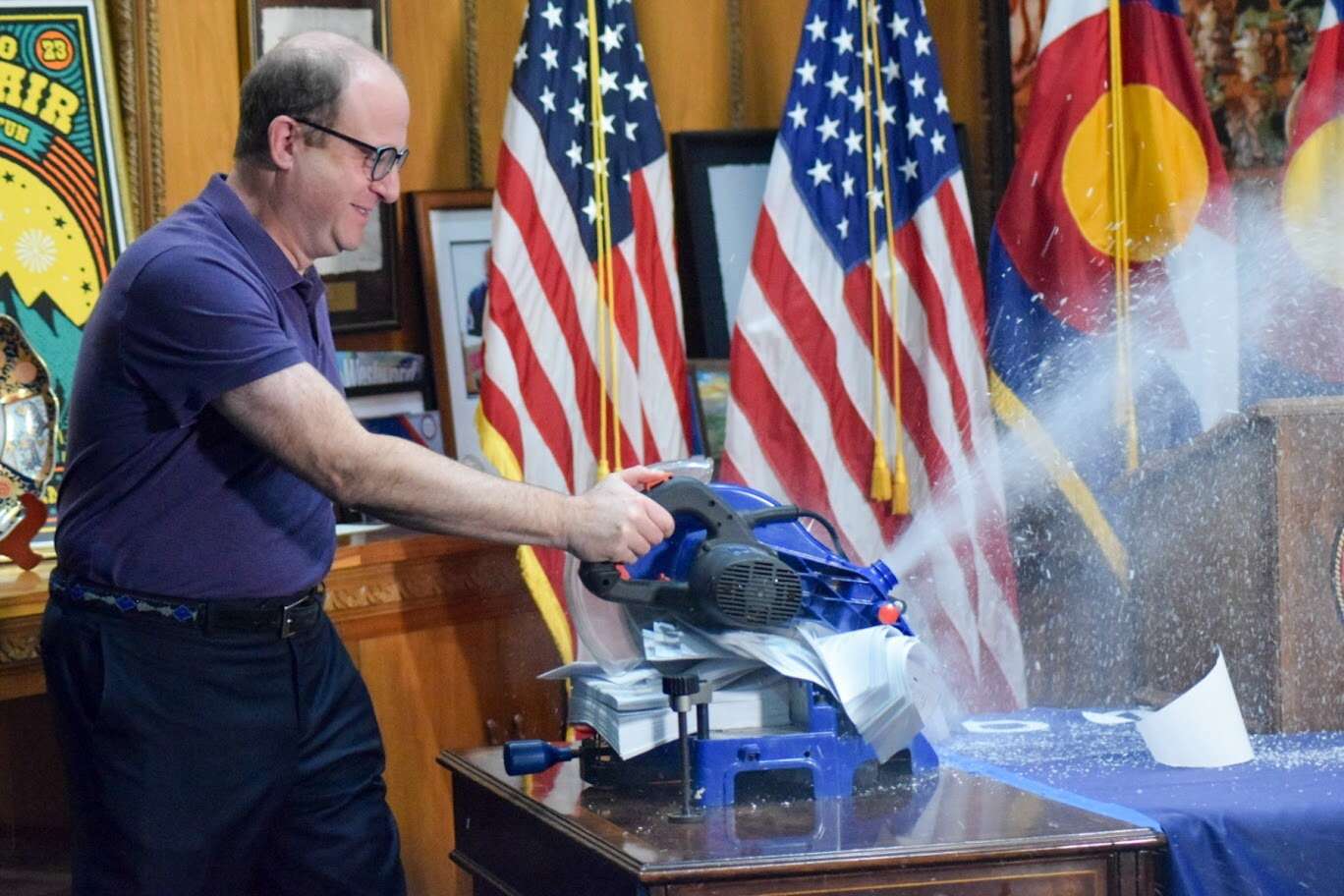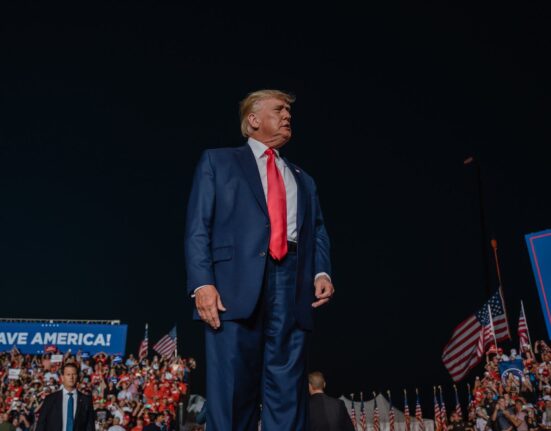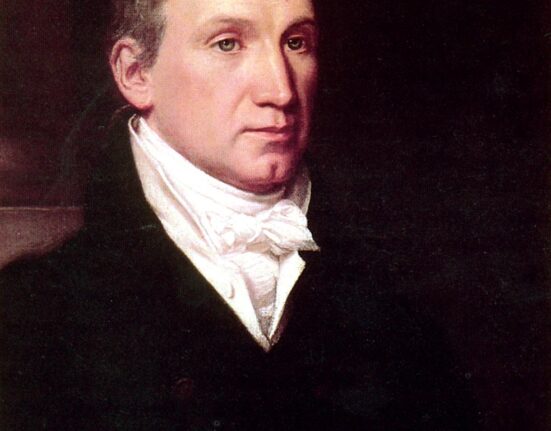Prime Minister Anthony Albanese is facing a challenging diplomatic tightrope walk as he embarks on a crucial visit to China amidst escalating tensions between the United States under President Donald Trump and Beijing. With China flexing its economic muscle and the U.S. wielding tariffs as a geopolitical weapon, Albanese finds himself in a precarious position, striving to maintain Australia’s interests amid the power play of global superpowers.
Former security and diplomatic chief Dennis Richardson issued a stark warning to Australians about the risks of displeasing China, emphasizing that Beijing was willing to use trade as a punitive measure against countries that do not align with its interests. Against this backdrop, Albanese’s mission takes on added significance, requiring deft diplomacy and strategic maneuvering to navigate the complex landscape of international relations.
As Richardson aptly puts it,
“China will not hesitate to use trade as a punishment for getting offside.”
This underscores the high-stakes nature of the Prime Minister’s visit and highlights the intricate web of economic and political dynamics at play in the Asia-Pacific region.
With tensions simmering between two global giants vying for supremacy, experts point out that Australia faces increasing pressure to strike a delicate balance between its traditional alliance with the U.S. and its growing economic ties with China. This delicate dance requires finesse and skill to ensure that Australia’s national interests are safeguarded while avoiding becoming collateral damage in an escalating trade war.
Albanese’s six-day visit comes at a pivotal moment when every word uttered and every gesture made could have far-reaching implications for Australia’s future relationships with these key players on the world stage. The PM must tread carefully not only to avoid provoking further ire from either side but also to assert Australia’s independent foreign policy stance in the face of mounting pressures from both Washington and Beijing.
In navigating this diplomatic minefield, Albanese must draw upon all his political acumen and negotiation skills to forge constructive dialogue with Chinese leaders while reassuring allies like Japan and South Korea who are closely watching developments in the region. His ability to strike a delicate balance between competing interests will be put to the test as he seeks to strengthen ties without compromising Australia’s principles or sovereignty.
Richardson’s words serve as a sobering reminder of the challenges confronting Albanese during his visit:
“Albanese finds himself walking a narrowing path between China…and…the United States.”
This succinctly captures the essence of his predicament—a leader caught between two formidable forces whose actions reverberate across continents, affecting economies, security arrangements, and regional stability.
As observers analyze each move made by Albanese during his trip, one thing remains clear—the need for astute leadership that can navigate choppy waters without succumbing to external pressures or sacrificing Australia’s long-term interests on the altar of short-term gains. The outcome of this high-stakes diplomatic dance will not only shape Australia’s standing on the world stage but also impact global geopolitics in significant ways.
In conclusion, Prime Minister Anthony Albanese’s journey through this geopolitical minefield serves as a testament to the complexities of modern diplomacy where every step must be calculated with precision amid shifting alliances and rivalries. As he walks this tightrope between an angry Trump and punitive China, all eyes are on him—to see whether he can successfully steer Australia through turbulent waters towards safer shores while upholding national integrity amidst stormy seas ahead.









Leave feedback about this